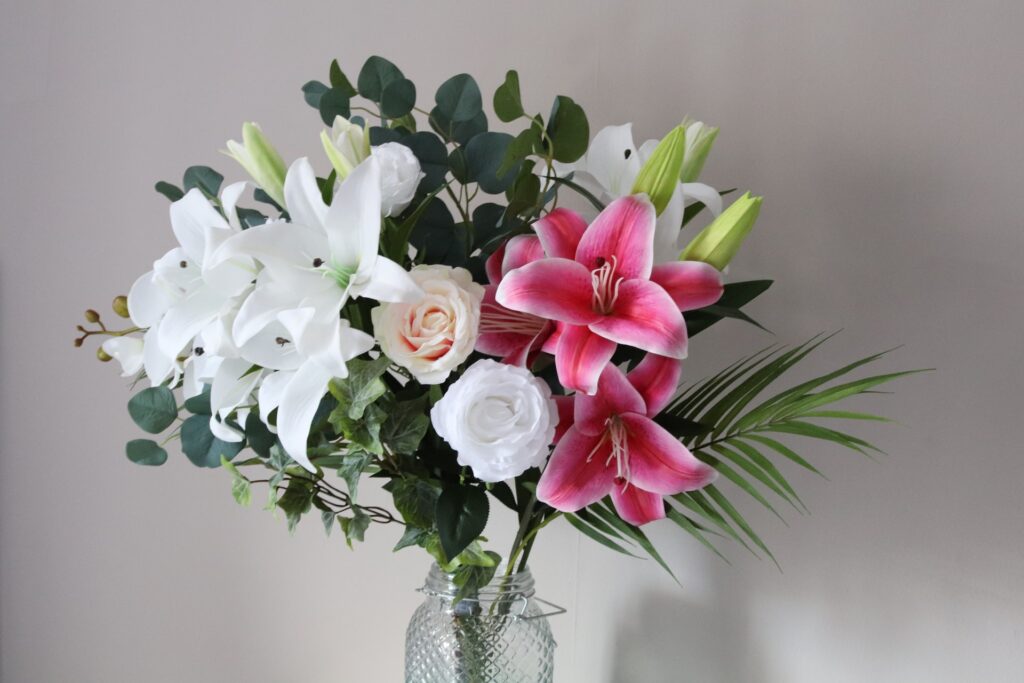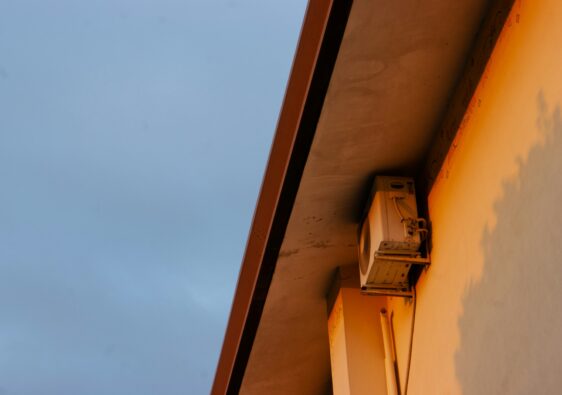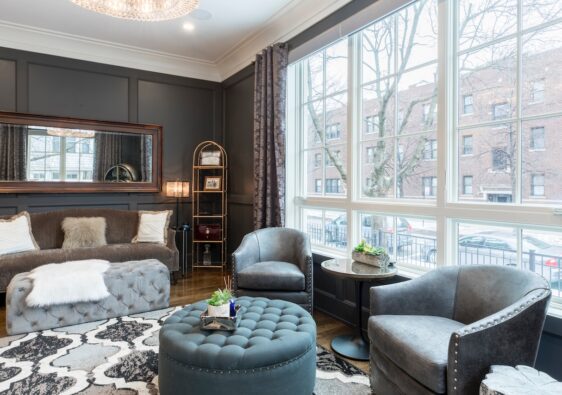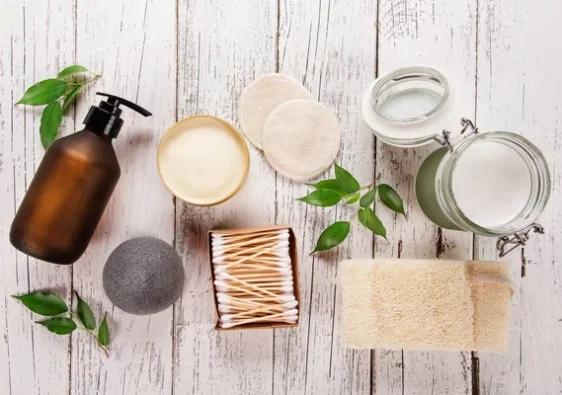Unity is among the basic principles of floral design, so you may wonder, how is unity used in floral design?
There are different principles you need to learn in floral design. Design elements (interpretive elements) exist but must be mixed with these principles to create a comprehensive composition. Let us take a look at the first one.
The Basic Principles of Floral Design
Composition
Let us talk about composition before learning how unity is used in floral design, . First of all, all floral designs are a whole composition. Each component in a design should have an impact on the overall appearance.
In terms of art, the composition is the organization or grouping of different parts to achieve a unified whole. The word organization in this definition means that floral design is an exact thought process. It begins with selecting containers, materials, and a fresh (addition) accessory and ends with its placement in that design.

Proportion
Proportion is a size comparison relationship between materials in a design. The relationship is measured by the number of flowers, stem length, or the number of materials in the design. For most floral designs, the proportion setting starts from the container or vase, in this matter. Composition pairs as described above are examples of setting standard proportions.
Accent
In floral compositions, accents are patterns, motifs, or colors that occur separately/specially and permanently but have a lower position. Traditionally, the focal area of a design is where the accent is most recognizable. The principle of accent is taken from the principle of a musical composition. It means “pressure or emphasis given to a certain notation.”
Balance
The principle of balance is achieved if the placement of materials leads to a sense of physical and visual stability. Physical stability refers to the actual placement (according to reality) of the main rods to form the arrangement/structure. If an arrangement is wrong/failed due to poor placement of the rods, then the structure/physical balance is wrong.
Placing colors and materials in order creates visual stability.
Harmony
Harmony is a pleasing aesthetic quality/feel of beauty created by carefully selecting ingredients/parts for a composition. It is most evident in the design’s colors, but it’s also present in the arrangement’s texture, shape, or size. How harmony is used in floral design can make or break your arrangement.
Rhythm
Rhythm is the repetition of a formal motif or element at regular or irregular intervals. It is expressed in line, shape, color, space/distance between flowers, repetition of simple curves, or backgrounds/areas in a composition.
Now, it’s time to talk about how is unity used in floral design.
Unity
So, How is Unity Used in Floral Design?
Unity is the unison of purpose/goal. The relationship of each flower part to the other should produce a common and unified effect. The composition forms a unified overall appearance because the flowers are in the same or similar colors.
Containers and dry copper materials have a fixed unit because they have the same metallic cover color. However, not all designs need the same color material to achieve unity. Unity can be expressed in many choices of materials and other color harmonies.
Conclusion
Hopefully, this article has taught you how unity is used in floral design. If you want to learn the basics of floral design, check out my other posts.



